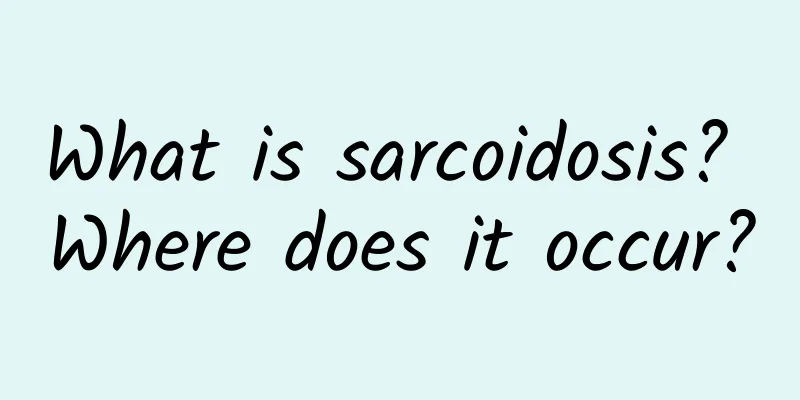What is the cause of bilateral polycystic ovary changes?

|
Polycystic changes of both ovaries is a common disease. Patients with this disease are prone to various symptoms. At this time, you must pay attention to your body. For example, during menstruation, do not do too strenuous physical activities, do not engage in too heavy physical labor, do not have sexual intercourse during menstruation, and try to adjust your emotions, do not hold grudges, and try to avoid various factors that can easily lead to endocrine disorders. The symptoms of polycystic ovary include menstrual disorders or even amenorrhea. Many patients with the disease also have high androgen levels and increased prolactin levels. The patient's ovaries are enlarged and have multiple small follicles. Even if ovulation is induced, ovulation disorders or luteinized cysts and thick ovarian walls may occur. It is related to pancreatic islet antagonism. Immune substances may appear around the patient's ovaries, affecting the maturation or discharge of follicles. Some women with PCOS are insensitive to insulin, so their bodies produce more insulin. Approximately 30%-70% of patients have elevated insulin levels, which in turn stimulates the ovaries to synthesize more androgens, further inhibiting ovulation. The pathological mechanism is mainly due to endocrine disorders that cause the ovaries to not ovulate for a long time. Due to the absence of ovulation, the level of luteinizing hormone increases, while the level of follicle-stimulating hormone (whose main function is to promote the growth and development of follicles) is relatively low. Due to the influence of high luteinizing hormone, androgen is 50%-150% higher than normal, androgen will further inhibit ovulation; anovulation also leads to a lack of cyclical progesterone secretion. This hormone secretion disorder further causes increased luteinizing hormone secretion, which in turn causes menstrual changes and obstructed follicle development, forming an interconnected "vicious circle." Patients with bilateral polycystic ovary changes should pay attention to keeping a calm and cheerful mood. A good mood can enhance the body's immune ability. In daily life, you should pay attention to keeping warm and try to avoid catching colds. Patients must take good contraceptive measures during sexual intercourse to avoid accidental pregnancy. In addition, when taking certain medications, you must carefully seek the advice of your doctor and make sure to choose the medication reasonably based on changes in your condition and needs. |
<<: What are the reactions during the ninth week of pregnancy?
>>: How to detect embryo transfer on the thirteenth day
Recommend
What is the diet for weight loss during menstruation?
Female friends pay great attention to their diet ...
What to do if you have constipation before childbirth
Prenatal constipation will make pregnant women fe...
Brown discharge for 20 days in early pregnancy
Pregnant women will find that every day during pr...
Insomnia, chest tightness, shortness of breath after hysterectomy
Life is always more malicious to women, and women...
What causes menstruation to come 2 days early?
Many women may have experienced early menstruatio...
Why do girls have loud breathing sounds when they sleep?
In modern society, people are more particular abo...
I felt hot after drinking too much, so how could I have hypothermia?
Expert of this article: Wang Xiaohuan, Doctor of ...
What to do if you have a runny nose, nosebleed, or sneezing...
Why can the nose smell? There are a large number ...
What does it mean if there is blood clot 20 days after medical abortion?
When a woman becomes pregnant unexpectedly, if sh...
Be careful! These habits may lead to bone loss! Learn these knowledge to keep your "hard" bones
When it comes to bone loss, many people think it ...
"Eyes" bathe in the sun and "eyes" brighten the future --- Eye care activities on the National Science Popularization Day in Jinggezhuang Primary School, Tangshan
In order to promote students' vision protecti...
Woman drinks honey water every night before going to bed
For female friends, they always like to drink a c...
A woman with a mole on the right nasolabial fold
The tear trough lines are two lines that extend d...
Is it normal to have your period 5 days early?
For most women, menstruation actually has a certa...
How long does it take for vomiting to occur during pregnancy?
Nowadays, TV series usually show pregnancy condit...









